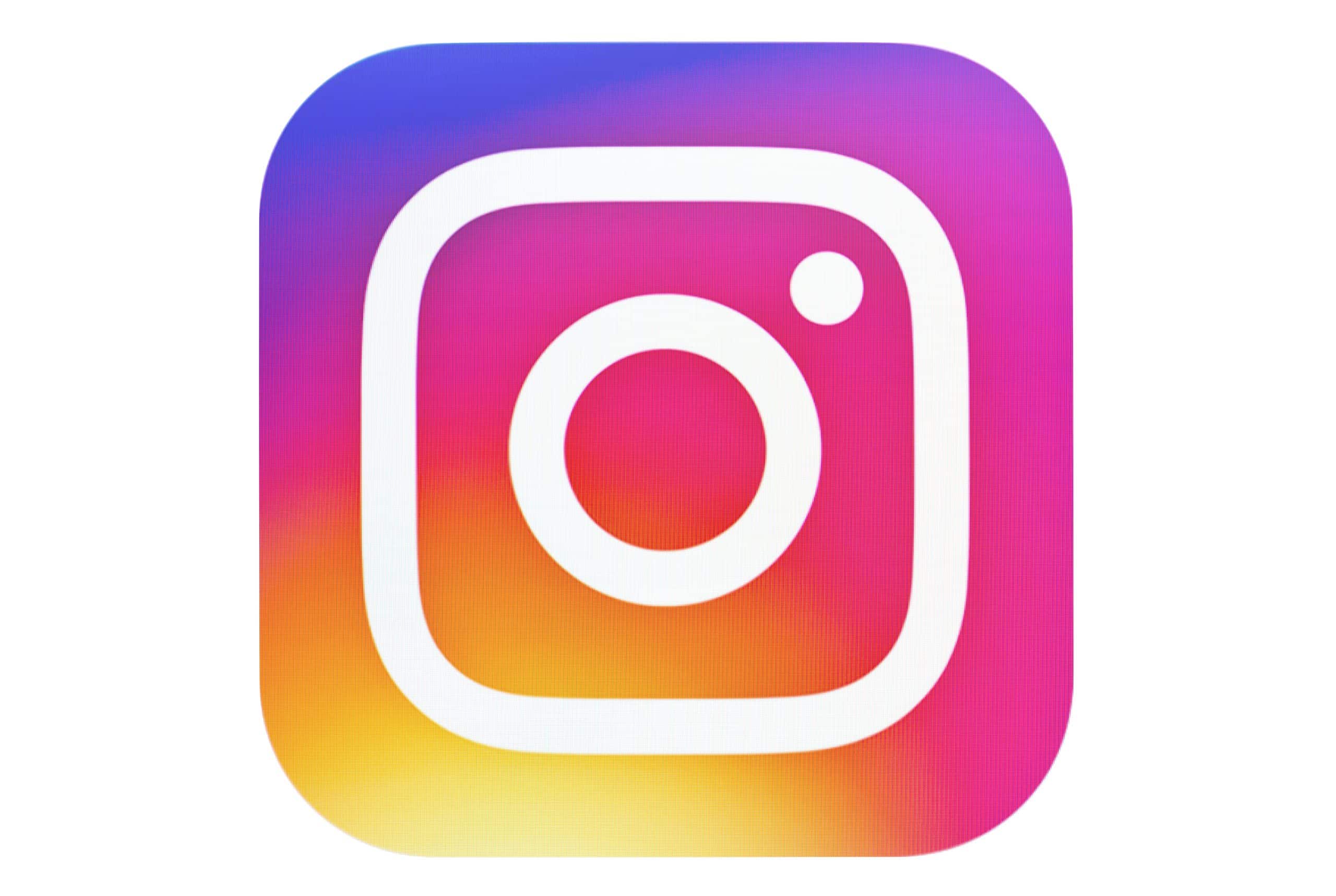ATT Framework, Instagram Algorithm Insights, Influencer Marketing & More

As always, June was a busy month in our ever evolving industry. Check out our round-up of the month’s mobile marketing news…
ATT Framework Data
We can’t go a month without mentioning ATT Framework right now. It’s been the talk of the town (*industry*) since its announcement burst onto the scene last year. Now that iOS 14.5+ is in full swing and requires users to comply with the ATT Framework, there’s actual data we can use to guide us in the industry as opposed to mere speculation.

To begin with, it helps to know that over 70% of iOS devices have upgraded to iOS 14 and above, which all must comply with the new privacy policy. That’s a hefty number of devices, so the pool of data is significant enough to draw conclusions from.
Now for mobile ad spend. Has it increased or decreased as a result of the privacy change? So far, it appears to have decreased by around ⅓ since the start of June. iOS campaign performance on Facebook has deteriorated significantly since iOS 14.6 has been adopted onto most devices. This is to be expected considering the gravity of the update, when people are still navigating the new landscape and not going at it with the same full force as before.
From here, mobile advertisers will have to change their approach. Typically, small data sets have been sidelined by advertisers because of their limitations in building forward thinking strategies and leading to conclusions. They will have to learn how to glean insights and make decisions from the users who do opt in to ATT in order to optimize their campaigns.
Mobile Gaming Boom
According to a Sensor Tower report, mobile gaming revenue has increased by 18% from 2020 to a whopping $44.7 billion in the first half of 2021. At the top of the market for both revenue and downloads are games by mobile gaming giant Tencent, such as PUBG, Honor of Kings and Call of Duty. Games such as Roblox and Pokemon Go are also leading contenders. Mostly, the top downloaded mobile games are casual games.

Apple’s Monopoly
Amid growing concerns around Apple’s monopoly of the app marketplace, Apple has released a sixteen page report: “Building a Trusted Ecosystem for Millions of Apps”. In it, Apple puts forward its argument that the App Store should stay functioning as is and why, as well as the issues that would face user security if sideloading apps became available. Essentially, Apple has described its security protocols and how these would be negatively impacted as the result of sideloading.
According to Apple, sideloading apps would expose more than one billion iOS users to threats to their security due to malicious actors taking advantage of this new opportunity to scam users or install malware on their devices.
It is true that Apple users are exposed to significantly less malware and security risks than Android users, due to Apple’s strict monitoring of the App Store and in-built iOS privacy protections. Android allows third-party apps. So perhaps taking this away could pose a risk.
However, there definitely seems to be an incentive behind Apple’s report, or the timing of it at least. There are currently five antitrust bills being debated by lawmakers against Apple and its tech giant peers such as Google, Facebook and Amazon. The result of these bills have the potential to be drastic for Apple. The other tech giants have also released statements opposing the antitrust bills for various reasons, however Apple did not release a statement directly correlating to the bills.
There are many critics who believe that Apple should allow apps to be sideloaded onto iPhones, so that they don’t have to go through the App Store (and therefore combat Apple’s monopoly). When apps go through the App Store, Apple gets a commission on all in-app purchases or app sales. That’s why Epic recently took Apple to court, as we reported last month.
Despite Apple’s claims to have a rigorous app review process, there are still many examples of apps that have managed to slip through the cracks and scam users. Recently, a whole host of apps were charging disproportionately high subscription fees and had to be banned by Apple, who also had to strengthen the review process further.
Influencer Marketing Agency Purchases
Mobile advertising and app monetization company Vungle recently purchased influencer marketing platform JetFuel, which takes Vungle to four acquisitions in under a year. The price of the acquisition is unconfirmed, but is reportedly the most expensive acquisition so far.

JetFuel claims it’s “the smarter way to reach Gen Z” with scalable influencer marketing and ads that convert. It has a network of 12,000 influencers, 1.5 billion Instagram followers and 100 million daily Snapchat views. It automates the process of influencer campaign management and execution.
This high volume network gives Vungle the opportunity to expand its own network in the influencer sphere, an appealing prospect for social media advertisers. This is a necessary navigation in the 2021 landscape, where influencer marketing is at the forefront of the industry. The influencer marketing industry is only growing, increasing in monetary value year on year, and in estimation from industry experts too.
Fintech Ad Spend
Fintech is a growing industry across the board, and in the app world it’s no different. Fintech app downloads jumped by 132% across the globe in just two years according to an AppsFlyer market report.
The ad spend in the fintech industry is also high, at around $3 billion in 2020.
This all follows increased consumer demand for at-home banking and trading apps. Online banks such as Monzo, Starling and Revolut have….
Within the vertical, financial services is the iOS leader at a 37% conversion rate, whereas digital banking apps are the leader for Android with a 33% conversion rate.
Instagram Algorithm Insights
Instagram head, Adam Mosseri, released a blog post revealing some secrets behind Instagram’s mysterious and ever-evolving algorithm. The aim is to help people better understand and trust the platform. In the post, Mosseri revealed that there is no one single Instagram algorithm that controls what we see and don’t see on our feeds. Instead, there’s a “variety of algorithms, classifiers and processes, each with its own purpose.” The whole idea of the shift from a chronological to an algorithmic feed back in 2016 was to avoid missing the 70% of posts that users were back then.

Mosseri explained that each part of the app has its own algorithm, and each of these are tailored to the user behaviour regarding that particular part.
But this information in itself is not news to us. Within the industry, this was already obvious. What’s more helpful to know are the algorithm ranking factors. Mosseri indicated that there are thousands of “signals” that go into this, but most importantly for Feed and Stories are post information regarding the post, information regarding the person who posted it, the activity of the user who is viewing the post and their interaction history. From those ranking factors and more, Instagram will predict how likely a person is to interact with a post. If it’s likely, then you’ll see it on your feed. An interaction counts as viewing the post for multiple seconds, or commenting, liking, saving or tapping on it.
An interesting insight is that Instagram avoids showing too many consecutive posts from the same account.
In terms of the Explore ranking factors, it’s not dissimilar. In addition to those mentioned above, Instagram also takes into account guidelines that prevent users from being exposed to sensitive posts considering the nature of Explore being not just limited to the people we choose to follow. This lack of user control gives Instagram more responsibility in this particular process.
Instagram is often accused of shadowbanning accounts, meaning content from these accounts is hidden from a lot of their followers. Mosseri didn’t outright deny this claim, but did acknowledge why people may believe this because of an air of mystery surrounding when content is hidden. Without revealing what factors impact this, Mosseri promises improvements to the process, such as in-app notifications informing of post removals with an explanation in relation to Instagram’s guidelines.






